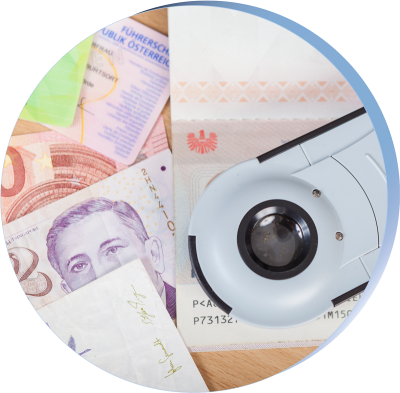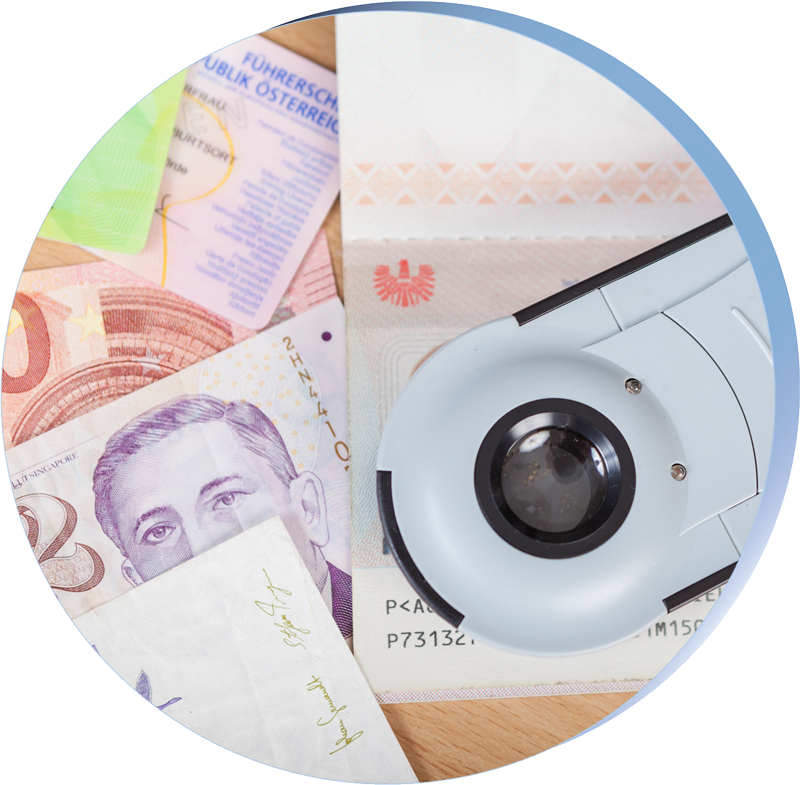The document checking device for
Doculus Lumus®
The document checking device for
Buy your Doculus Lumus®
Buy your Doculus Lumus®
With Doculus Lumus® it only takes 30 seconds to examine a document and to determine whether a falsification is at hand.
With Doculus Lumus® it only takes 30 seconds to examine a document and to determine whether a falsification is at hand.
Experienced document specialists know how to detect a manipulated document. No matter if you are a border guard,
security printer, customs official or document trainer. Doculus Lumus® is your reliable, robust tool to examine passports,
ID cards, bank notes or another official document.
Choose according to your requirements!
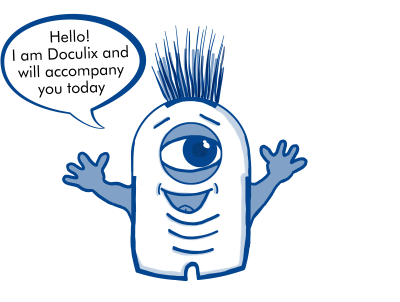
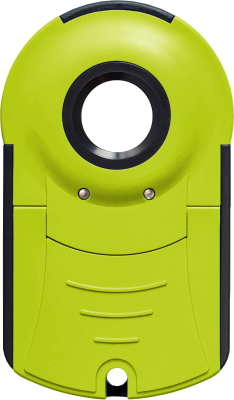
Choose according to your requirements!
Individual Selection Included as a standard in Frontline Edition Individual Selection Included as a standard in **PLATZHALTER** Edition
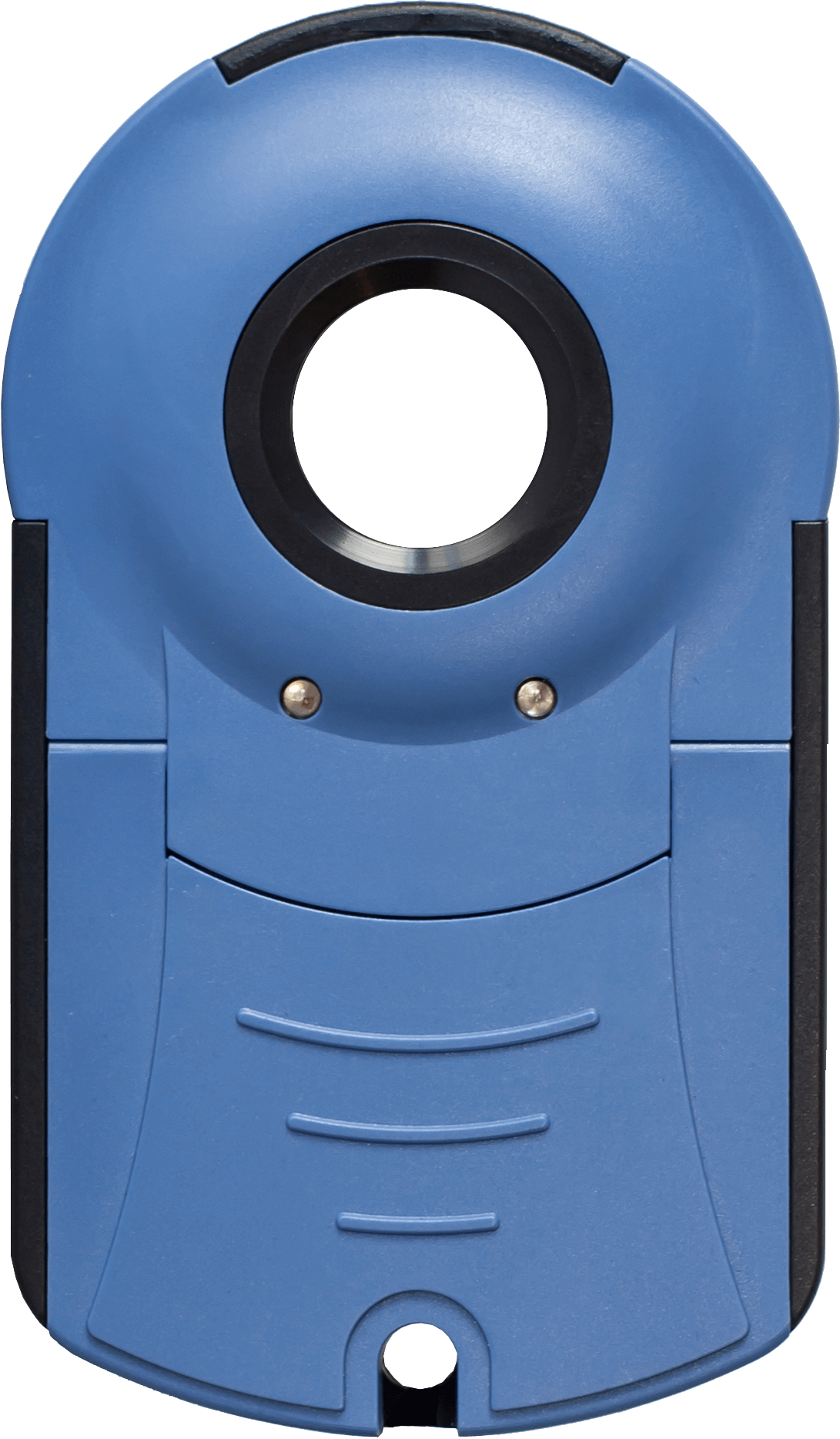
Why choose Doculus Lumus®?
Experienced document specialists know what to look out for.
Often, however, the place where fake documents are analyzed more precisely, is an office far away from the border posts. Prior to this, the fake documents must therefore be identified by the frontliners at the border, on the motorway, on the train or at the airport. Usually only 30 seconds remain for the examination of a document and to decide whether a fake is present or not.

